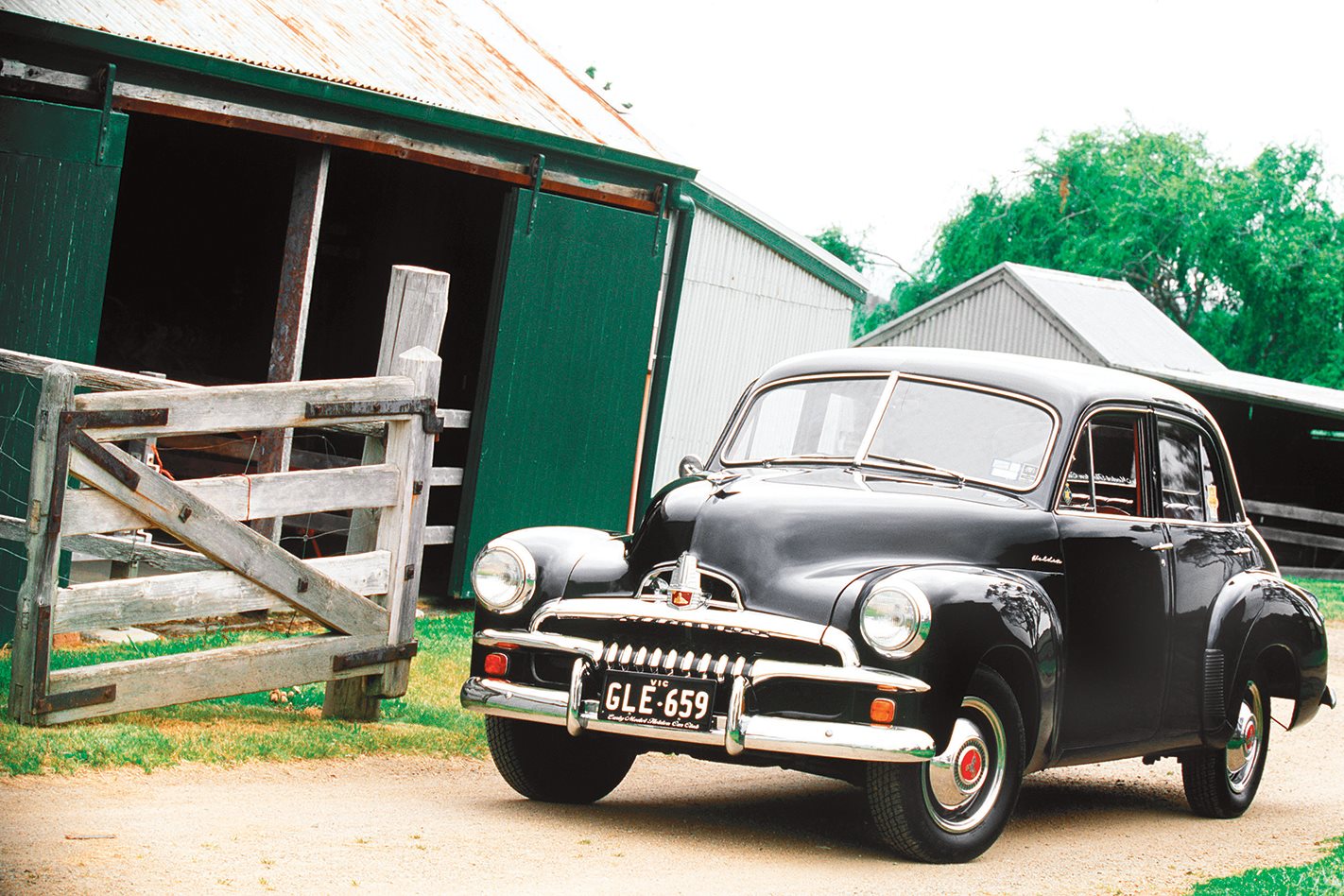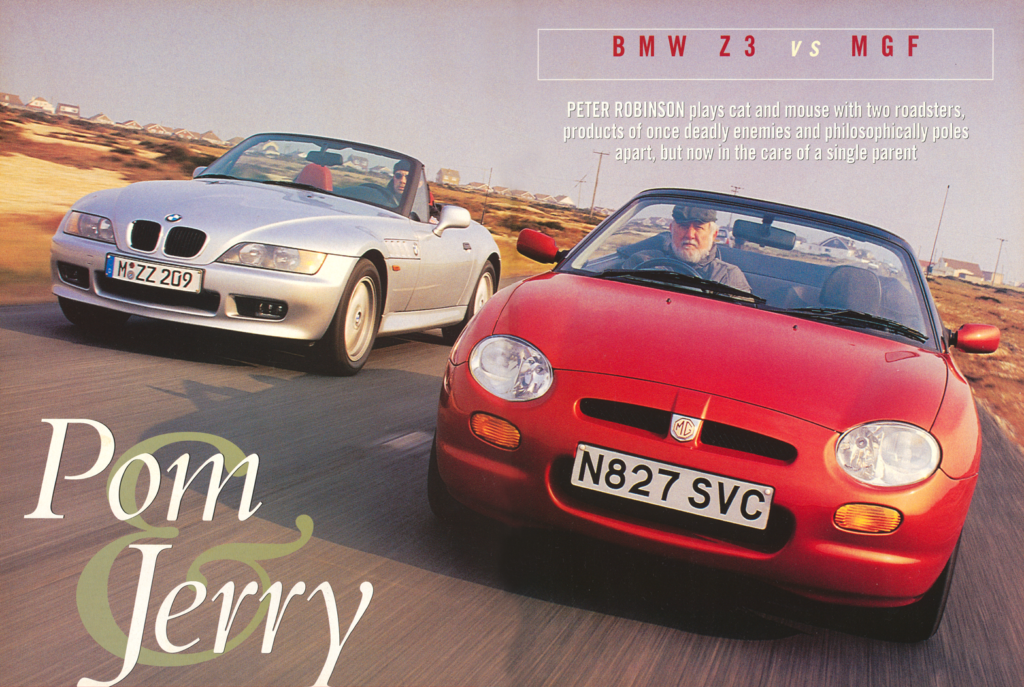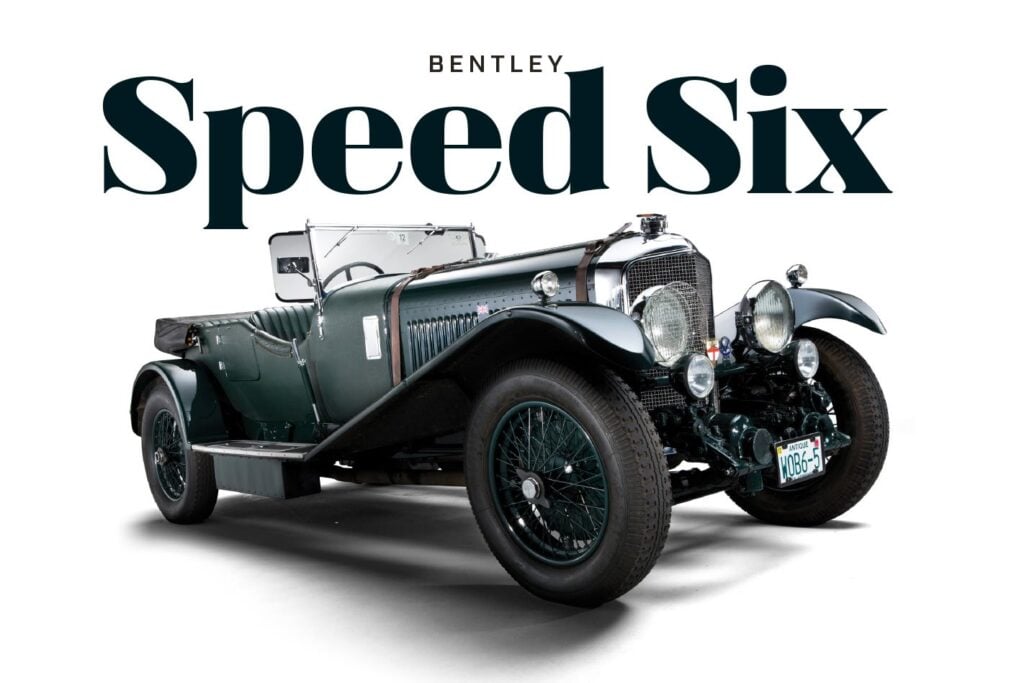IT WASN’T the first Holden and, at the height of its popularity, it wasn’t even the best Holden.
But the FJ Holden holds its head high as one of the most iconic of Australian cars, through its significance in our country’s cultural landscape.
Holden’s first locally manufactured car, the 48-215 (subsequently referred to as ‘FX’), was launched in 1948. It was based on a pre-war Chevrolet design, developed locally for toughness and durability, and fitted with a six-cylinder engine that was reasoned as a happy medium between the British four-bangers and American V8s.

To be honest, there wasn’t much to crow about: the 2.2-litre, in-line six-cylinder engine, three-speed manual, and ‘humpy’ sedan and ute bodies were unchanged, although a late upgrade to its predecessor brought rear telescopic dampers (replacing archaic, lever-action units), a new (and troublesome) diff, and a modified floorpan pressing.
For the most part, the FJ was what we’d come to know as a ‘facelift’, with a more aggressive grille, more chrome and extra flash helping to shed some of the shape’s pre-war uprightness and austerity. There were now 12 exterior colours, including dapper two-tones.
The FJ’s interiors best showcased this new optimism, with buyers able to choose from three tiers: (taxi-spec) Business, Standard, and Special. Even the base version brought contrasting colours to the door trims, while opulence like door armrests and rear passenger hold straps crept into the Special.
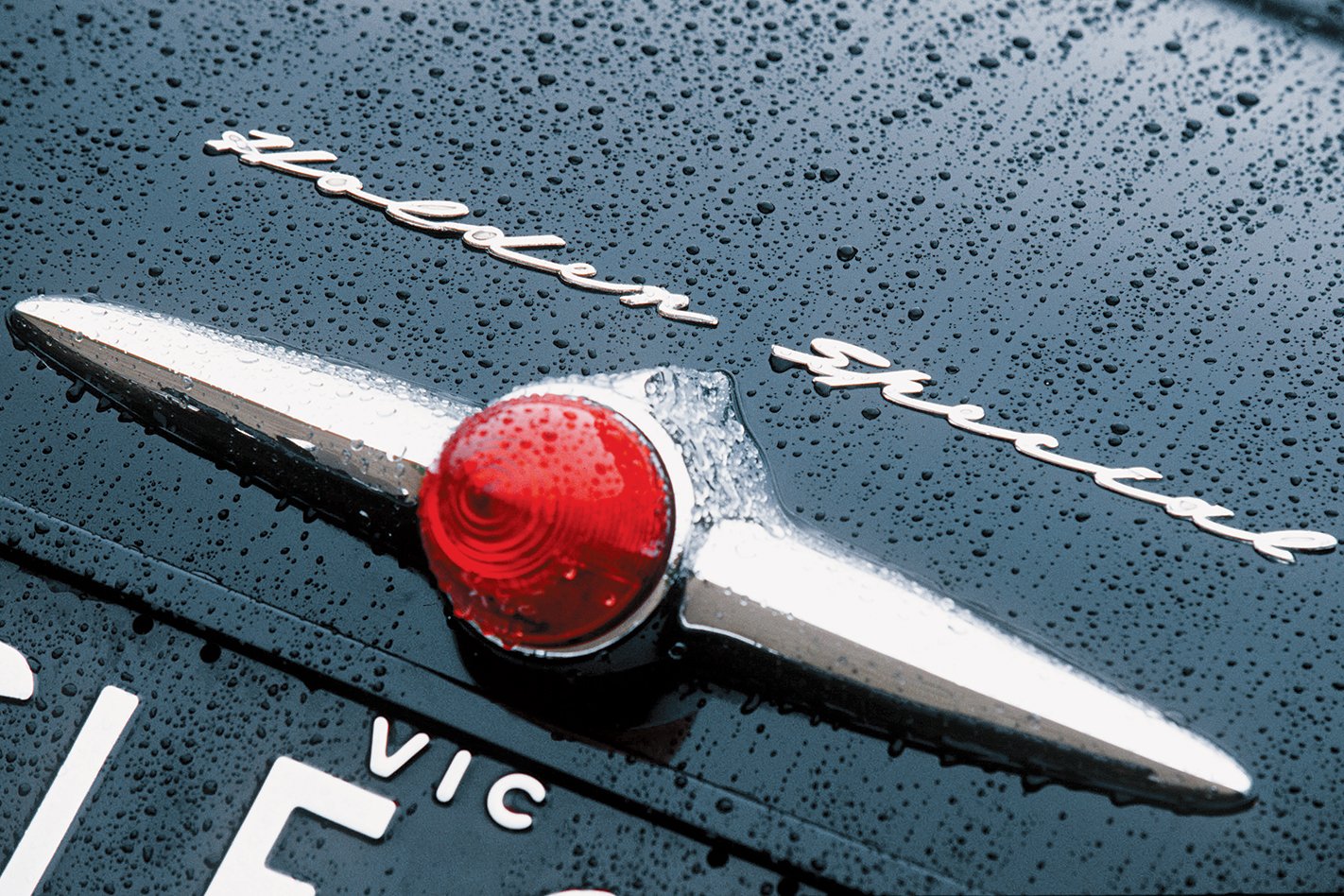
But in fact, the FJ really achieved its fame a decade or more after production ended in 1956. The humpy Holden’s strength, both in numbers and in the metal, and the availability of improved parts via the steady evolution of successive Holden models, made a used FJ the favoured first car for the baby boomer generation that was coming of driving age in the late-1960s.
They were also really easy to hot up, with twin Stromberg carbs, lowered suspension, and widened steel rims. What are ya?
2171 shades of…
Holden’s ‘grey motor’ was as exciting as it sounded. The 2171cc in-line six had an iron block and head, with pushrod ohv. Fed by a single Stromberg carb and cast-iron exhaust manifold, it made 45kW at 3800rpm and 135Nm at 2000rpm. Three-on-the-tree was the only ’box. Performance was leisurely, with Wheels clocking 0-60mph in 19 seconds and a quarter-mile in 20.4sec.
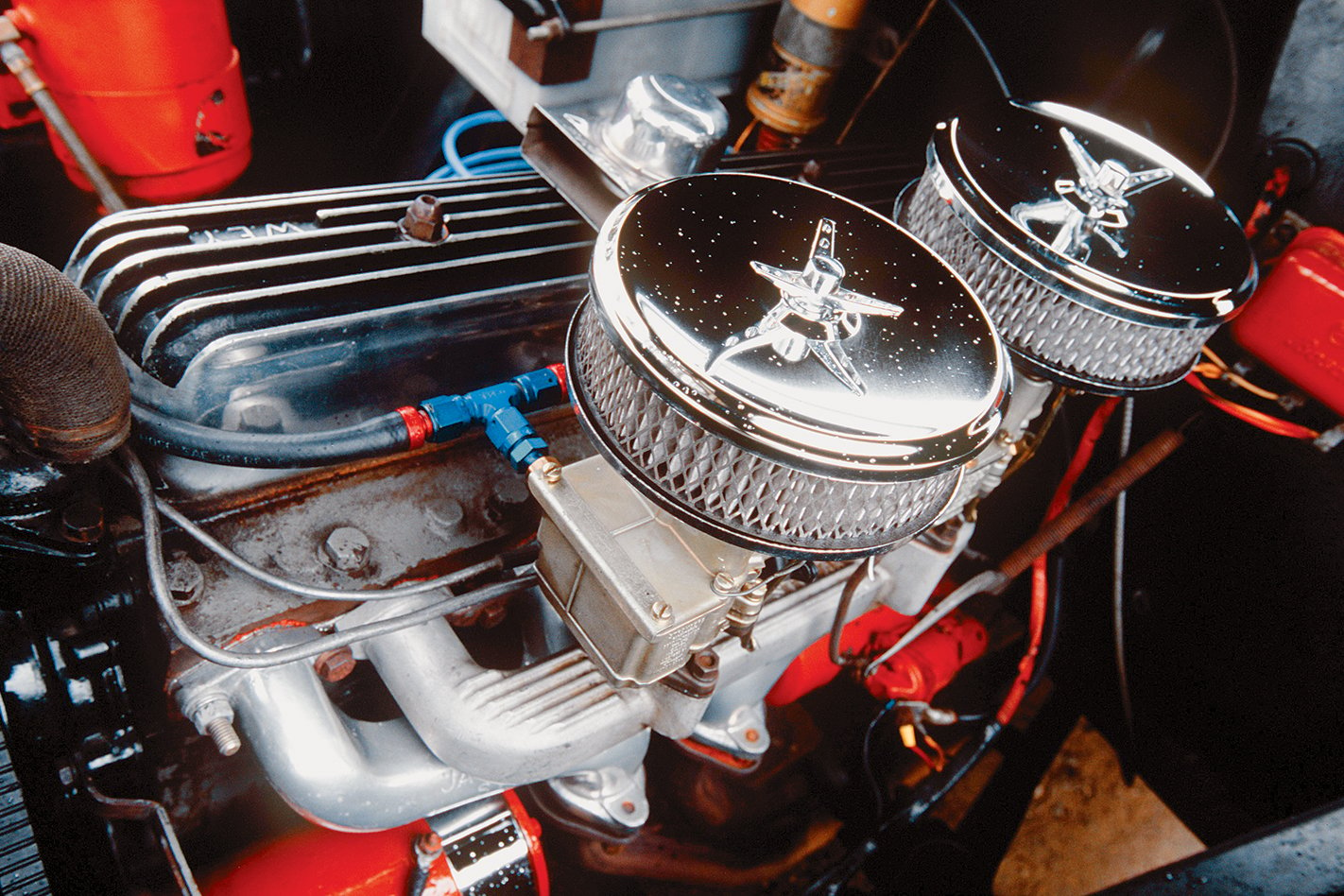
The FJ’s tough, ‘Aerobilt’ unitary construction carried its engine and gearbox in a bolt-on front subframe, while rear guards were bolted to enable easy replacement. Front suspension was by short and long control arms with coils, rear by live axle with leaf springs. Vague steering was by recirculating ball. Brakes were hydraulic but unassisted. Kerb weight was 1012kg.
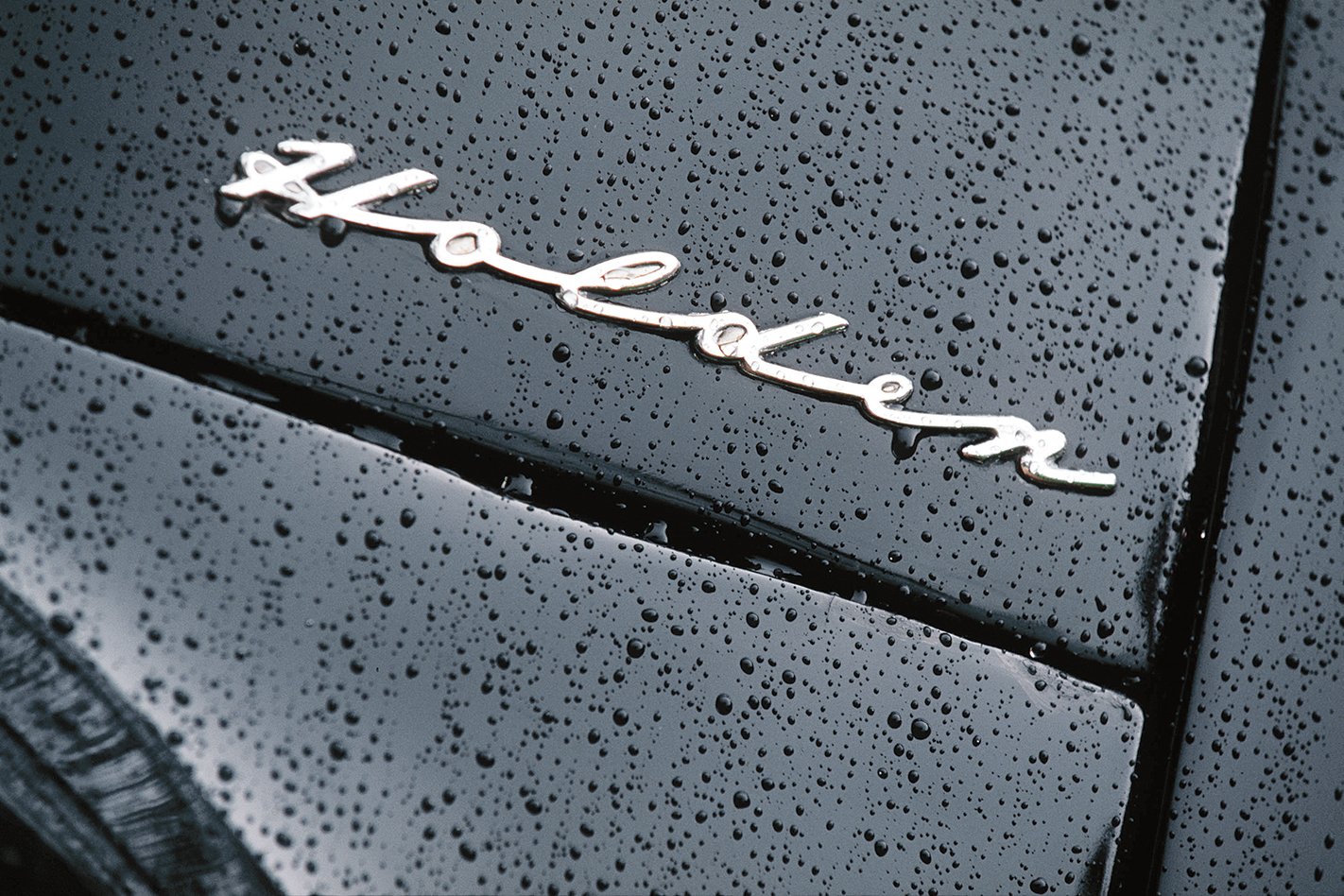
The FJ was about garnish: a grinning grille, chrome tailfins and a reworked interior distinguished it from its FX predecessor. The real peach was the top-spec Special, which gained brightwork on the beltline, window frames and on the dash and instrument surrounds. The upright, six-seater interior also benefitted from front door armrests, a cigarette lighter and interior courtesy lighting. Leather upholstery and two-tone paint were high-falutin’ options.


